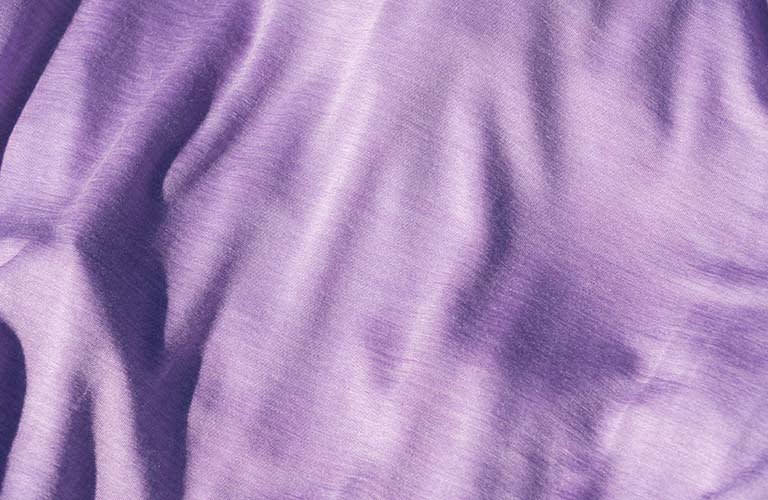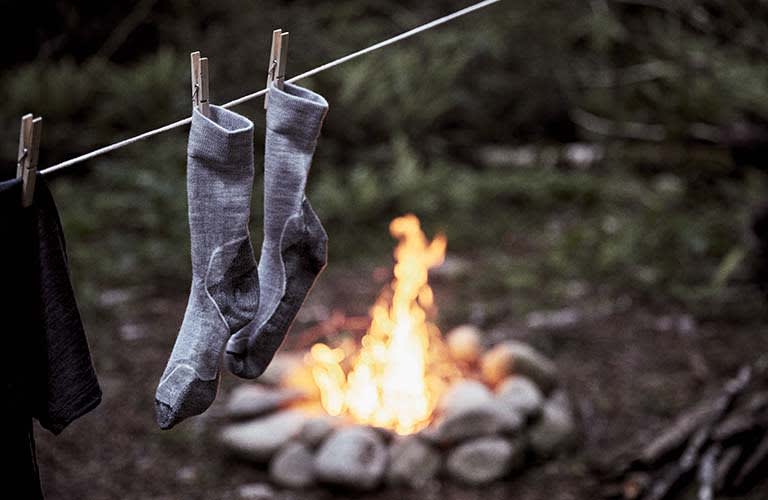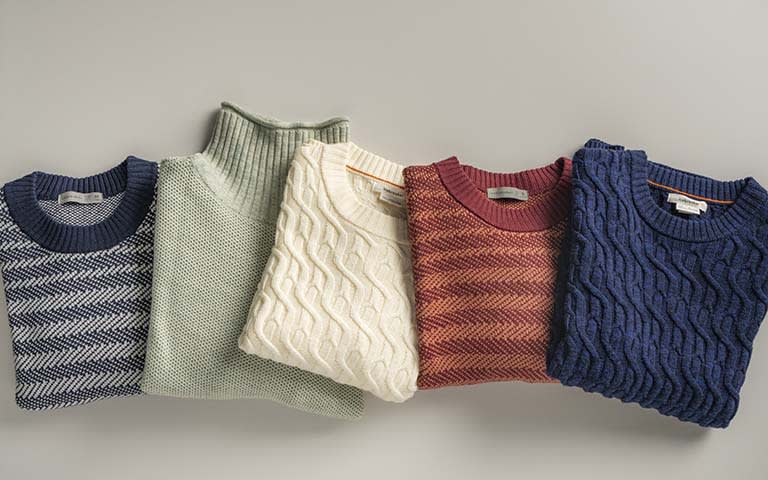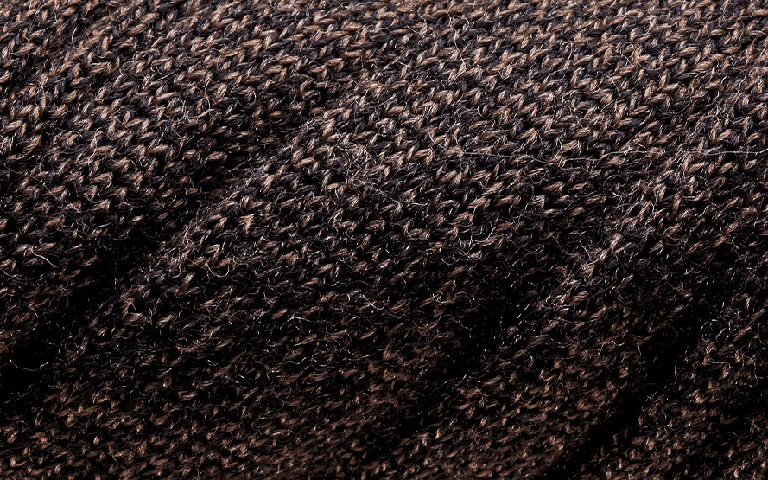How to maintain merino wool
August 17, 2023 | icebreaker
Merino wool clothing is perfect for the outdoors. Cool and durable, it’s ideal for hiking, having fun on the ski slopes, and traveling. The soft fibers can take surprising amounts of wear and tear. Yet when they get dirty or wet, it’s important to wash and dry merino items carefully.
Here are some tips on how to keep your favorite merino wool clothes clean and looking great for longer.
Is merino wool easy to care for?
Merino wool is much easier to care for than other natural fibers. Its natural qualities mean it can take lots of wear and tear, even outdoors. As a result, you don’t need to wash merino wool items after every outing, even if you’ve been sweating or have been out in the rain.
Compared to other natural fibers ,merino wool is less sensitive to temperatures. This means your merino wool items don’t usually need to be hand washed. As long as you follow the instructions on the care label, you’ll be able to put your merino wool clothes in the washing machine.
How to wash merino wool
To wash merino wool, it’s important to first check the care label instructions for each item. This is because each style and particular fabric mix needs cleaning differently. Some labels may specify that an item is ‘dry clean’ or ‘hand-wash only’. In the case of icebreaker items, these are machine washable on a gentle cycle.
Outside of these cases, there are a few standard guidelines you can follow to wash your items safely:
● Typically, a temperature of 60°F to 110°F will be a safe machine washing temperature. Avoid hot washes as they will shrink merino wool.
● Make sure you choose a delicate wash setting with a slow spin. Overspinning merino wool will cause items to fall out of shape.
● Use mild detergents like liquids or small amounts of powder. Never use fabric softeners or bleach as this will disrupt the natural qualities of merino wool.
● Turn items inside out before putting them in the machine. This will protect them from snagging, particularly if there are zippers or buttons.
● If your items only have small stains, spot cleaning or soaking will be enough to clean them without using the machine. Be sure to use cold water and mild detergent.
Before you wash merino wool sweaters or jackets, put them outside on the line or spot-clean any stains with cold water and mild soap. In most cases, this will refresh the fibers and make the item look as good as new. Plus, it means the clothes aren’t at risk of shrinkage or pulling.

How to dry merino wool
The best way to dry merino wool clothes is by hanging them on an outdoor line, indoor rack, or towel drying. Though you can reshape an item while it's still wet, never wring them out by hand, as this will damage the fibers. Instead, try to keep items as flat as possible and away from radiators or sunlight when drying. Direct heat can cause shrinkage.
For the same reason, most merino wool items cannot be tumble dried. Though after you wash merino wool socks, you can usually dry them in a machine. Just turn them inside out and make sure the machine is set to a low heat. icebreaker socks can dry this way without any problems.
Ironing and storing merino wool
Once your merino wool clothes are clean and dry, following aftercare guidelines will keep them ready to wear. Most won’t need ironing as they dry flat. If you do decide to iron them though, use the lowest heat setting to avoid damaging the item.
It’s also important to store your merino wool carefully. To avoid items falling out of shape, gently roll or fold them instead of putting them on hangers. This will prevent the fibers from stretching. Make sure your wardrobe or drawers are well-ventilated to keep your clothes fresh. Plus, if you’re storing clothes for a long time, add in balls of cedar wood or lavender to prevent moths.

How to fix damaged merino wool
Common problems from washing and drying merino wool include snagging, shrinkage, and pilling. Below is some advice on how to avoid this damage from happening and how to fix it.
Snagging
Snagging is when the wool catches a hard surface and pulls out of its weave. Washing your items inside out or securing any zippers or buttons before putting them in a machine will prevent this from happening. Careful storage is also key to avoiding accidental snags.
If you do get a snag in your item, don’t cut the thread, as this will unravel the garment. Instead, take a needle and thread the fiber back through the item. This will secure the loose thread and prevent further pulling.
Shrinkage
Shrinkage is when the fibers contract and make the item smaller or pull it out of shape. Typically, this is due to washing an item at too-high a temperature. To avoid this, check your care labels and follow their instructions before washing or drying.
If your item has shrunk, then it is possible to pull it back into shape using a process called knit blocking. This involves soaking the clothing in warm water and detergent before putting it under pressure between two towels. If the item hasn’t shrunk too much, it may be possible to gently pull it back into shape with your fingers. However, it's important to take care to avoid further damage.
Pilling
Pilling is when shorter fabrics form as small balls on the surface of an item. This is a natural process solved by washing your items as few times as possible. If you do need to wash merino wool clothes, put them inside out or with coarse fabrics like jeans or synthetic fabrics. You can also remove the bobbles easily from dry items with a fabric comb or lint roller.
Also, choosing high-quality merino wool clothes will mean you can wash your items more often before pilling starts to appear. That way, you can enjoy all the natural qualities that make merino wool items comfortable to wear and easy to clean for longer.
More for you

How to Care for Your Merino Wool Sweater | icebreaker®
November 21 2024 | icebreaker

Dare to Repair | icebreaker
May 2 2024 | icebreaker

Washing Merino Wool Clothes | Does Merino Shrink? | icebreaker
28 September 2020 | Marie Knowles








